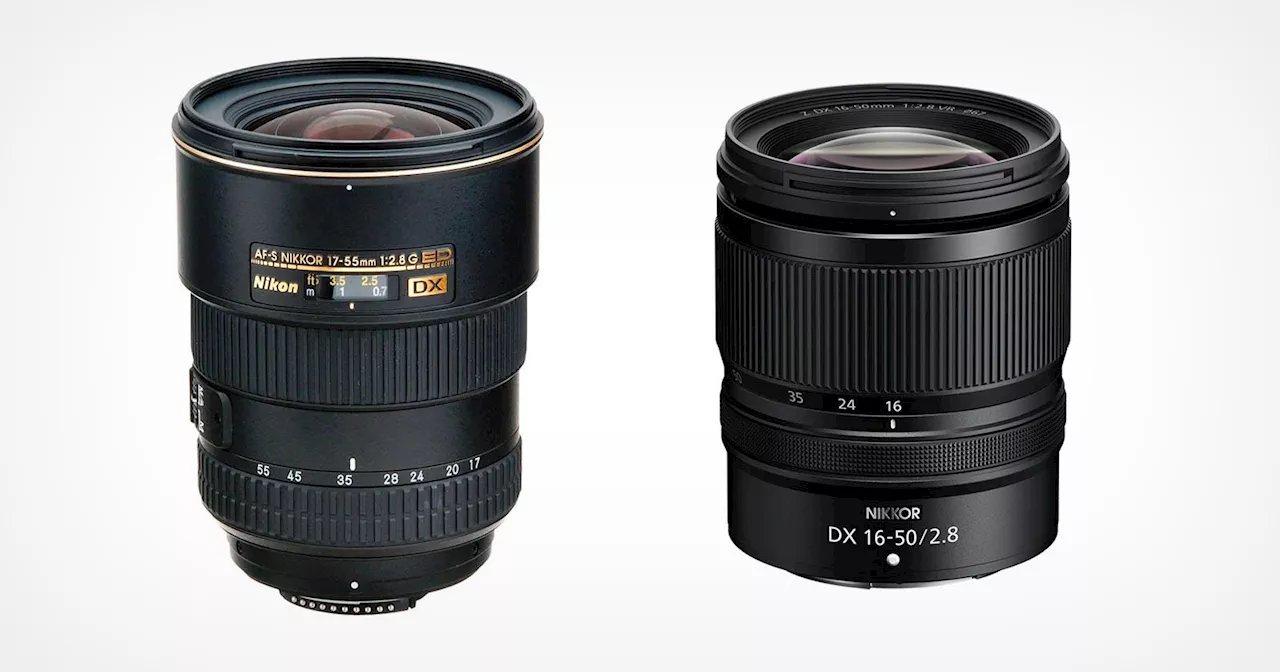Nikon has introduced two new APS-C lenses for its Z system, the Nikkor Z 16-50mm f/2.8 VR and the Nikkor Z DX 35mm f/1.7, addressing a long-standing criticism of the brand. These additions come at a time when the photography industry is abuzz with new product launches, making their significance somewhat overlooked. Nevertheless, these lenses respond directly to a demand for high-quality optics in the APS-C segment, which has been a notable gap in Nikon’s offerings since the launch of its first APS-C Z camera, the Z50, in 2019.
Historically, Nikon’s APS-C lineup has included mainly kit lenses and all-in-one zooms, leaving enthusiasts longing for more sophisticated options. As noted previously, “The Nikkor Z system has only a few APS-C lenses, all ‘kit’ lenses and all-in-one zooms except for the Nikkor Z DX 24mm f/1.7.” This lack of advanced optics has frustrated photographers who want to leverage the advantages of APS-C technology without resorting to larger, heavier full-frame glass.
Nikon’s latest offerings, the 16-50mm f/2.8 VR and the 35mm f/1.7, provide the fast aperture and quality that many photographers have been seeking. The new lenses not only improve the optical possibilities for APS-C users but also align Nikon more closely with competitors like Canon and Sony. Canon currently has only two RF-S lenses, both of which are slower zooms, whereas Sony boasts a more robust selection of approximately 80 first-party E-mount lenses, including options equivalent to Nikon’s new releases.
Though Nikon’s latest lenses may not transform the market for all Nikon photographers, they represent a significant step forward for those using APS-C cameras. The enhancements will particularly benefit users of newer models such as the Z50 II and Zfc, which are designed for beginner and enthusiast photographers alike.
The company deserves recognition for filling a niche that many may have thought unnecessary. By launching these lenses, Nikon has not only responded to user demand but has also positioned itself strategically within the competitive landscape of mirrorless photography.
While the photography market has shifted towards full-frame cameras, APS-C remains relevant. Nikon’s new lenses cater to a demographic that appreciates the balance of performance and portability. With these developments, Nikon has not only acknowledged the past but has also set a promising path for the future of its APS-C line.
In a landscape where many manufacturers have overlooked the APS-C segment, Nikon’s commitment to improving its offerings deserves commendation. The introduction of the Nikkor Z DX 16-50mm f/2.8 VR and Nikkor Z DX 35mm f/1.7 is a reminder of Nikon’s potential to adapt and innovate, ensuring that photographers can achieve uncompromising results with their APS-C cameras.








































































